Using Sources
It is important to use a wide range of sources such as pictures, artefacts, music and sights. Children will use these to build up their enquiry thought and processes and to build up their understanding of past.
Sort by:
Date (Newest first) | Title A-Z
Show:
All |
Articles |
Podcasts |
Multipage Articles
-

Using trade directories: reconstructing life 100 years ago
ArticleClick to view -

Changes in an aspect of social history from 1945 to 2000: youth culture
ArticleClick to view -
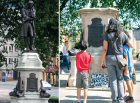
Re-evaluating the role of statues
ArticleClick to view -

Film: What's the wisdom on... Evidence and sources (Primary)
ArticleClick to view -

Using different sources to bring a topic to life: The Rebecca Riots
ArticleClick to view -

Knowledge-rich approaches to history
ArticleClick to view -

The Elizabeth cake
ArticleClick to view -
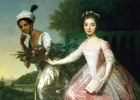
Teaching sensitive subjects: slavery and Britain’s role in the trade
ArticleClick to view -

Getting to grips with concepts in primary history
ArticleClick to view -
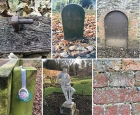
Emerging historians in the outdoors
ArticleClick to view -
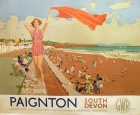
How can old advertisements be used in the primary classroom?
ArticleClick to view -

For whose God, King and country? Seeing the First World War through South Asian eyes
ArticleClick to view -
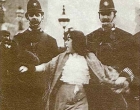
Dora Thewlis: Mill girl activist
ArticleClick to view -

Using the back cover image: Moustache cup
ArticleClick to view -

‘So why did they go into hiding?’ Anne Frank in her historical and social context
ArticleClick to view -

What can you do with an old postcard?
ArticleClick to view -
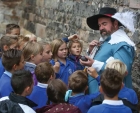
Siege coins of the English Civil War
ArticleClick to view -

Making the children work for the information!
ArticleClick to view -
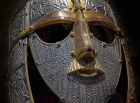
A trail of garnet and gold: Sri Lanka to Anglo-Saxon England
ArticleClick to view -
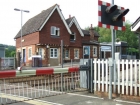
‘Not again!’ - an additional viewpoint on using railways
ArticleClick to view

